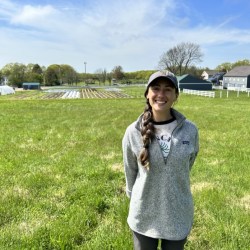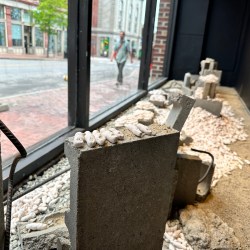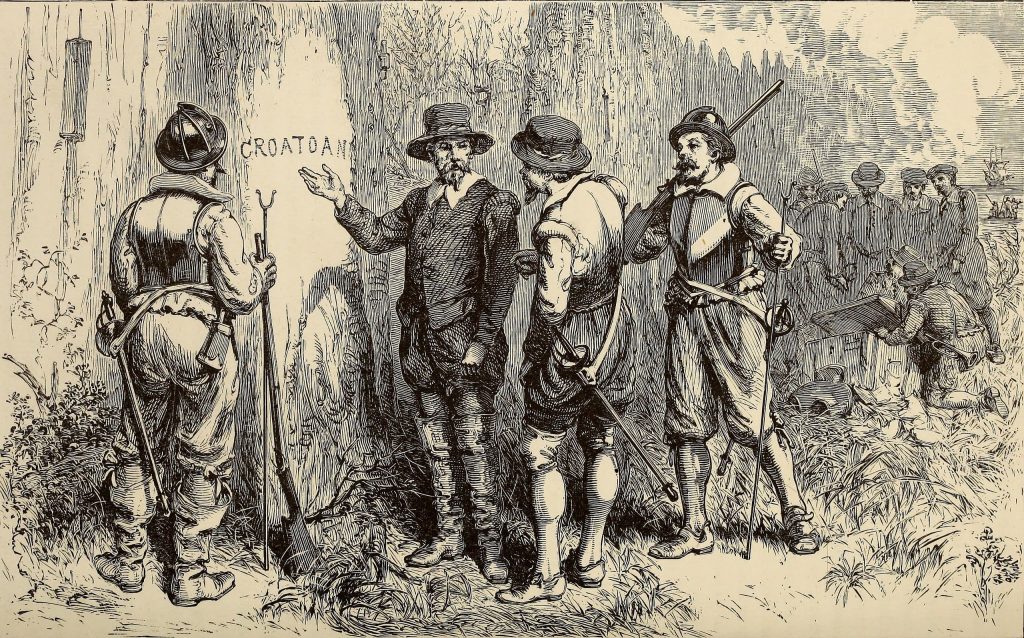Sports teams are named for many reasons, including stately birds, ferocious animals and warriors of old. For the Corry Beavers, the name came directly from The Corry Evening Journal sports editor Bill Lombard, way back in 1929.
In a Journal article dated March 3, 1978, Corry resident Edwin M. Cole provided information about Lombard and how Corry school teams became known as the Beavers.
Up until October 1929, the Corry football team was unofficially referred to as Orange and Black, or The Warriors. However, in a Journal article in October of 1929, Lombard described the football team as working in the mud like beavers to keep the opposing team from scoring.
“Isuggest and recommend that, from now on, the Orange and Black be known as the Corry Beavers,” Lombard wrote.
Ninety-five years later, Corry sports teams continue to proudly carry that moniker.
In 1974, Corry Area High School’s Class of 1964 put a float in the Alumni Centennial Parade, complete with giant wooden Corry Beavers painted by Harry Munsee. Harry’s sister, Zela Munsee, remembers how her brother lent his artistic talents to her class.
“My brother Harry Munsee designed, cut out and painted those beavers for us for our 10th class reunion in 1964,” Zela Munsee said. “Harry did a lot of painting, caricatures and air brushing on tractor trailers — he was a very talented artist. His caricatures hung in the Tamarack Tavern for years.”
For the centennial parade, the two beavers were mounted on the sides of a garden tractor to give the impression of the Corry Beaver pulling the class of 1974 float. That same year, the beavers were used in another parade in Bear Lake before being stored in a classmate’s barn for a decade.
“In 1984, we took those beavers and put them in the pavilion at Swart Field on…









 Courtesy of Ginew
Courtesy of Ginew 

 Details By Native News Online Staff May 16, 2024
Details By Native News Online Staff May 16, 2024 
 Forge Project 2024 fellowship winners (clockwise from top left): Delbert Anderson (Navajo/Diné), Schon Matthew Duncan (United Keetoowah Band of the Cherokee Indians), Donna Hogerhuis (Stockbridge-Munsee), Lindsay McIntyre (Inuit), Mikayla Patton (Oglala Sioux Lakota), and Sterling Anthony Schreiber II (Stockbridge-Munsee) (images courtesy Forge Project)
Forge Project 2024 fellowship winners (clockwise from top left): Delbert Anderson (Navajo/Diné), Schon Matthew Duncan (United Keetoowah Band of the Cherokee Indians), Donna Hogerhuis (Stockbridge-Munsee), Lindsay McIntyre (Inuit), Mikayla Patton (Oglala Sioux Lakota), and Sterling Anthony Schreiber II (Stockbridge-Munsee) (images courtesy Forge Project) 


